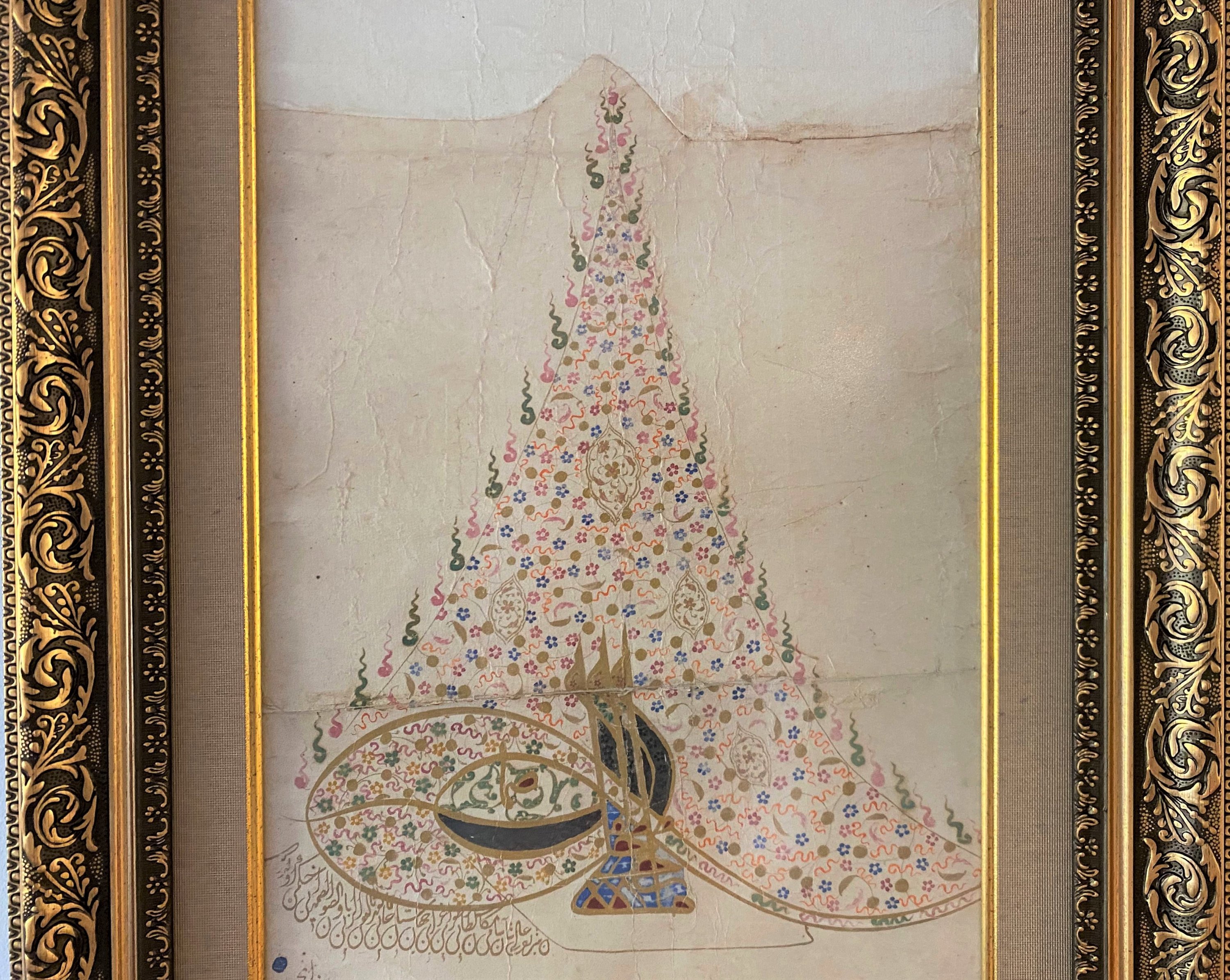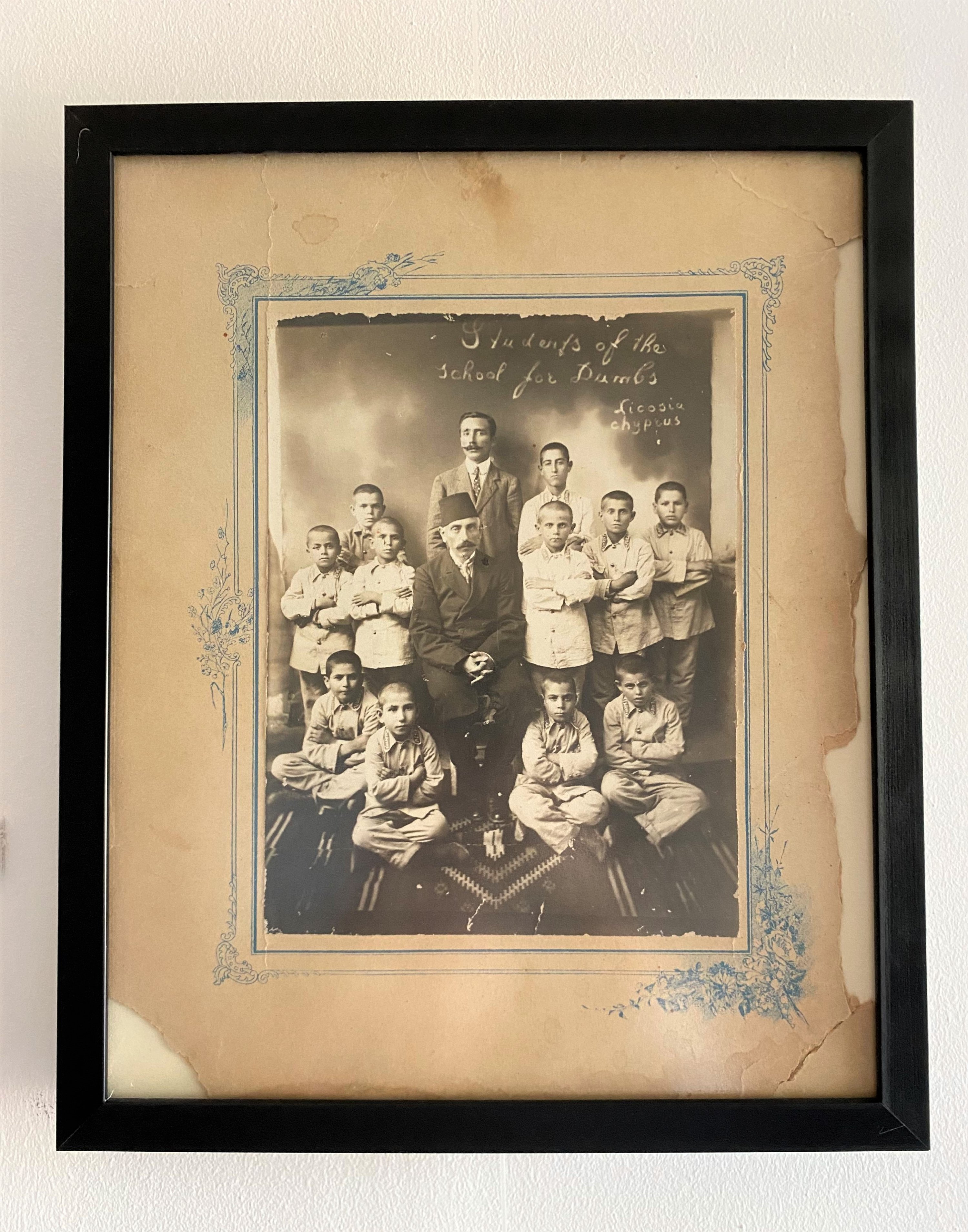Web Desk
ISTANBUL : From Venice to Byzantium, from the Ottoman Empire to the present, Lefkoşa’s (Nicosia) Walled City Museum on the island of Cyprus takes visitors on a journey of history, perfectly blending it with culture and art
A unique collection of original artifacts that unfurls the traces of the Ottoman Empire in the Turkish Republic of Northern Cyprus (TRNC) opened its doors to art goers visiting the Walled City Museum at the Kyrenia Gate, one of the three entrance gates of Lefkoşa (Nicosia), blending historical spirit with art in the heart of the city.
The Ottoman Collection features gold-leaf manuscripts on hermeneutics in Arabic, imperial orders from the 17th and 18th centuries, a 390-year-old land registry signed by Ottoman Sultan Murat IV, population registers of Turkish Cypriots living in the Kukla District in 1878, court records from the 20th century and an Ottoman collection of maps.

In the five-story building, the visitors have a chance to embark on a historical journey, reflecting every period of the island of Cyprus from Venice to Byzantium, from the Ottoman Empire to the present with its unique ceiling paintings.
The collection also includes a photograph of the teachers and students from the island’s school for the hearing-impaired and Lefkoşa Ottoman Junior High School, manuscripts showing the Evkaf, pious foundations during the Ottoman Empire, correspondence in Lefkoşa and the hand-drawn plan of the Famagusta train station. The exhibition also includes a 1917-dated oceanographic map by hydrographer Adm. Sir Wharton showing the depths at sea for submarines in the Eastern Mediterranean.
The island of Cyprus acceded to the rule of the Ottoman Empire during the reign of Selim I in 1571 and remained an Ottoman island for more than 300 years.

It is possible to witness one of the most important periods of the island with the original Ottoman artifacts exhibited in the museum thanks to the cooperation protocol signed between Near East Enterprises and the TRNC National Archive and the Research Department affiliated with the TRNC’s Presidency.
The 1821 certificate of the appointment of Joachim, one of the archbishops of Cyprus, also sheds light on the historical texture of the country through its content. The documents also include the justification for the execution of Archbishop Kyprianos of Cyprus, the head of the Cypriot Orthodox Church in the early 19th century, and three metropolitan bishops who were executed on charges of being the planners of the designated rebellion attempt on the island to support the Greek rebellion that took place in the Peloponnese in 1821. The length of the charter exceeds 1.5 meters (almost 5 feet).

Another charter on display is the land registry of Celi Divani, a name that refers to a large form of letters with a larger pen when exercising a type of writing in calligraphy. Belonging to the Sultan Murad IV period, the most striking aspect of this 390-year-old document is the splendor of the sultan’s signature. It is among the oldest Ottoman period certificates that have survived on the island of Cyprus.
In addition to the dazzling Ottoman Collection, artifacts from different styles and periods are exhibited on each floor of the Walled City Museum.
The inventory of the museum consists of a toy car collection of more than 3,000 pieces, examples of swords and knives, more than 70 sculptures, paintings, objects related to maritime history and Karagöz puppets (a prominent character from the famous Ottoman puppet show), offering a rich world of art to its visitors.
Courtesy: Dailysabah






